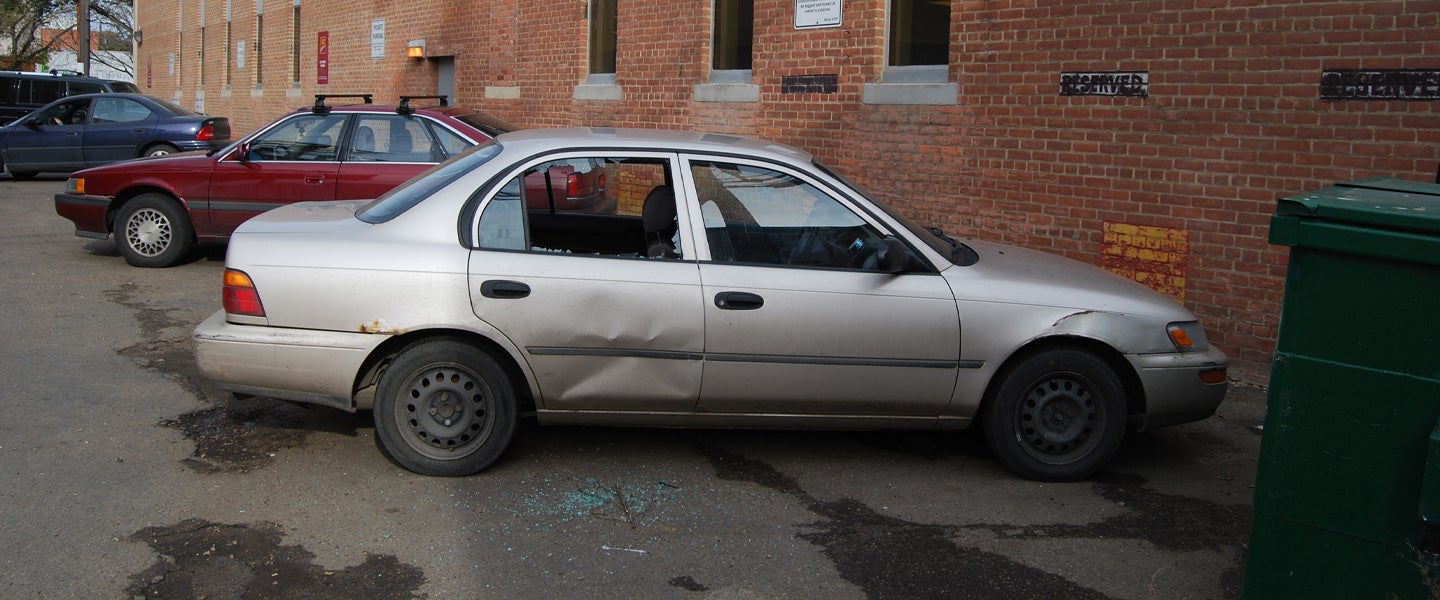There comes a time when one simply must part with an aging car. It’s a moment that’s often laden with emotion, given most people bond with their vehicle over years of driving.
But it’s once you’re finally ready to say goodbye that the hard work actually starts — assuming you’re not one of those type-A folks who have kept their daily driver in pristine condition.
There are a million places in which you can try to pawn off your vehicle, and a million potential outcomes given all the variables at hand. Mileage and age of the car is the obvious factor, but also something you can’t control. Then there are dents and dings to fuss over, and more glaring needs like a broken turn signal. Maybe you even have latent engine and transmission issues that you’ve been ignoring for a year or two.
Given all these elements, what are you supposed to do to prep a car you’re simply trying to get rid of? And how can it affect the cash you ultimately get?
It’s the debate that I’ve been struggling with for several weeks, thanks to a 15-year-old BMW that just crossed the 100,000-mile mark. The glimmering silver 325i is on the cusp of costing me money seemingly all the time, which is generally how 15-year-old BMWs operate. But its gutty six-cylinder engine gallops just fine, and its coveted steering — purely mechanical, without electronic assists — feels as sensitive as it did when my parents first bought the car from a family friend for cheap.
There are major upsides to selling a newer car in better condition with fewer miles, given that its value is much more obvious to both private buyers on sites like Craigslist and dealerships. As for the latter, trading in your car to a retailer, even without fixing things like minor dents, can still lead to a pretty big payday. Trade-ins are also generally fast and simple and come with the convenience of dealer financing and other perks if you’re buying a replacement car, says Tom McParland, auto writer and owner of Automatch Consulting. But experts consistently say that private sales will net you more cash, especially for an older vehicle. And given that I’m not shopping for a car, trading in becomes basically just a way to maximize ease.
“You have a 15-year-old BMW, and from a dealer perspective, they’re going to try to give you 500 bucks, and they won’t even wash it before sending it to an auction. Anything that’s retail like that, dealer or Carmax or Carvana, they’re not going to provide a lot of value other than pure convenience. You get a check, bang,” McParland says.
Instead, he tells me that a car that’s valued at under around $15,000 is best suited for private marketplaces, where you can get “the most eyeballs and likely the best value.” And while I assumed that this meant I’d need to spend another grand or two in cash to get my car in the most attractive shape possible, McParland says that’s actually not always the case.
“Look, if there’s a major safety component, like the brakes are unsafe and worn too much, that’s unsafe — you gotta fix that. Something like a worn-out oil pan gasket, well, if the car is drivable, there’s a debate there,” he tells me. “Generally speaking, what tends to happen is if you disclose the issues honestly and fully, and you price it correctly based on those issues, taking into account comparative prices for similar cars, you will find a buyer.”
Obviously, a lot of subjective gray area remains. Odds are, spending money to fix up my old car will allow me to list it at higher prices. But there’s also no guarantee that investing $1,500 into the car will actually net me $1,500 (or, hopefully, more) into my hand at the end of a deal, McParland says. Plus, being transparent about the car’s problems and future needs on a site like Craigslist can actually help you secure a buyer.
“An owner that discloses the known issues upfront will have a higher likelihood of sale than someone who claims they have a BMW that runs great, but then an evaluation shows it actually has a bunch of issues. Now, both parties have wasted their time. The buyer doesn’t want it, and you had to do all the work to meet the guy and take the car to his mechanic,” he concludes. “If it’s priced correctly, they’ll understand that they need to spend for the work, but it’ll still be a fair deal.”
In order to make an informed decision, it’s important to get an estimate of how much a car with a similar mileage count, age and condition are fetching. Contrary to popular belief, tools like the Kelley Blue Book or Edmunds might not be as helpful and accurate as just doing a marketplace search for the same model car, McParland tells me.
And so, despite my reticence to deal with individual buyers, it looks like a private sale is the way to go. My car won’t fetch more than a few grand, and I’m not interested in spending more than I already have. With any luck, a buyer will see the solid bones and the low listing price and bite without too much fuss.
But not replacing expensive gaskets and brake rotors doesn’t mean I don’t have work to do. Car experts say that cleaning the car inside and out is a must for private sales, and there’s a couple odd jobs, like replacing air filters, that I can do in my apartment parking garage.
Ironically, the little visible details can help your sale more than the big fixes that are hidden underneath.

